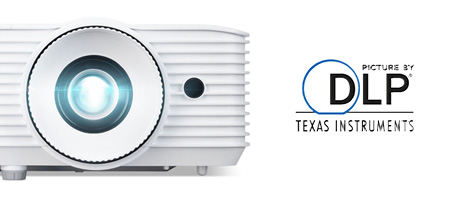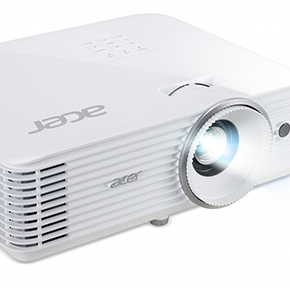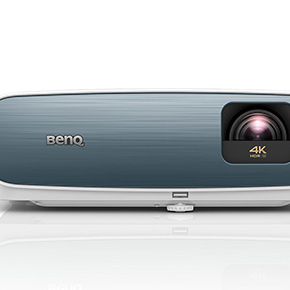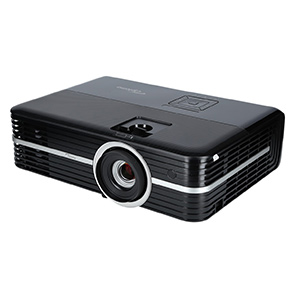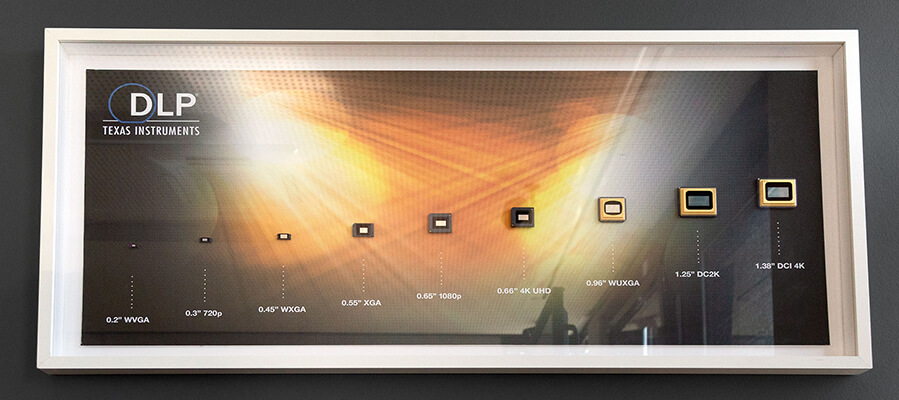DLP projector in comparison
Projector DLP
The most commonly chosen projector technologies are DLP and LCD. DLP technology is somewhat younger than LCD technology, but has become much more widespread in recent years.
The projector DLP chip, which is the heart of the DLP projector, indicates how many pixels are available for projection. The resolution is specified in pixels, which in this case are also located on the projector DLP chip. For example, a projector with a resolution of 1280 x 800 pixels has a total of 960,000 pixels, which means that there are just as many mirrors on the chip. Thanks to the fine structuring of the mirrors, the image on the screen appears correspondingly sharp or fine, so that you hardly notice a pixel structure in the image when you are at a normal sitting distance from the image.
Our DLP projector recommendations
A DLP projector has another advantage over projectors with LCD technology. It is capable of displaying a 4K image in a more affordable price segment. There are now a number of DLP projectors that work with the 4K UHD resolution of 3840 x 2160 pixels. Depending on the price range, they use a DLP chip with real 4K resolution or with 2K or Full HD resolution, which have the so-called XPR technology from Texas Instruments. The XPR technology causes the visible offset of the pixels in the DLP projector, which leads to a 4K display. Depending on the basic resolution, the XPR technology must be used more or less. A UHD DLP projector with a 0.47 inch chip works on the basis of Full HD resolution, while a UHD DLP projector with a 0.66 inch chip works with 2716 x 1528 mirrors. Since this resolution is closer to 3840 x 2160 pixels, the DLP chip makes less use of XPR technology.
The world of DLP projectors is full of abbreviations, which we would like to briefly explain to you. The term DLP stands for Digital Light Processing. It was developed by Texas Instruments, whose name is often abbreviated to TI. Since DLP chips for 4K projectors have become available, the abbreviation XPR has been added, which stands forExpandedPixelResolution.


